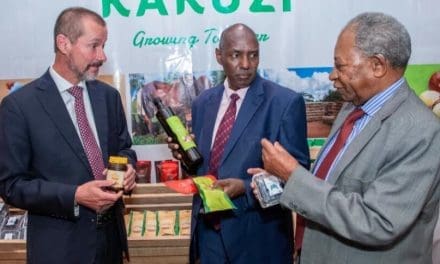CHINA – China has registered a declining feed demand and lower soybean imports in 2018/19 and 2019/20 as a result of the impact of the African swine fever on the country’s hog population.
According to July 5 Global Agricultural Information Network report from the U.S. Department of Agriculture (USDA), soybean production for the year 2019/20 is forecast at 16.8 million tons, up 5.7% compared to previous year.
This is attributed to increased government subsidies, acreage expansion, and slightly higher expected yield.
Soybean planting area for 2019/20 is estimated at 8.85 million hectares, up 5.4% from 2018-19 notably from increases in key provinces, such as Heilongjiang, Jilin, Shandong and Henan.
Growth in soybean area is largely attributed to subsidy increases for soybeans and decreases for corn.
Promotion of intercropping and crop rotation (soybean and corn) along with enhanced technical extension are expected to moderately facilitate soybean expansion and yield.
The agency said the government’s Soybean Revitalization Plan targets soybean areas of 9.33 million hectares and 10 million hectares by 2020 and 2022, respectively.
USDA notes that MY 2019/20 soybean meal feed use remains at 63.6 million metric tonnes impacted by lower feed demand.
China’s soybean imports are estimated at 83 million metric tonnes in MY2019/20 down from 84 million metric tonnes in 2018/19.
In July last year, China imposed 25% tariffs on soybeans imported from the United States as a result of the trade war between the two countries.
This coupled with African swine fever disease that has seen declining sow and hog inventories is expected to weigh down on imports.
China’s rapeseed imports from Canada, its main supplier, are expected to fall to about 4 million tonnes, down from 4.7 million in 2018-19.
In March 2019, China banned shipments from two large Canadian rapeseed exporters and since then, Chinese importers reportedly have stopped signing new contracts for Canadian canola products.
China’s imports of sunflower seed meal, mainly from Ukraine, are expected to surge in 2018-19 to 850,000 tonnes while the 2019-20 estimate remains at 900,000 tonnes.











